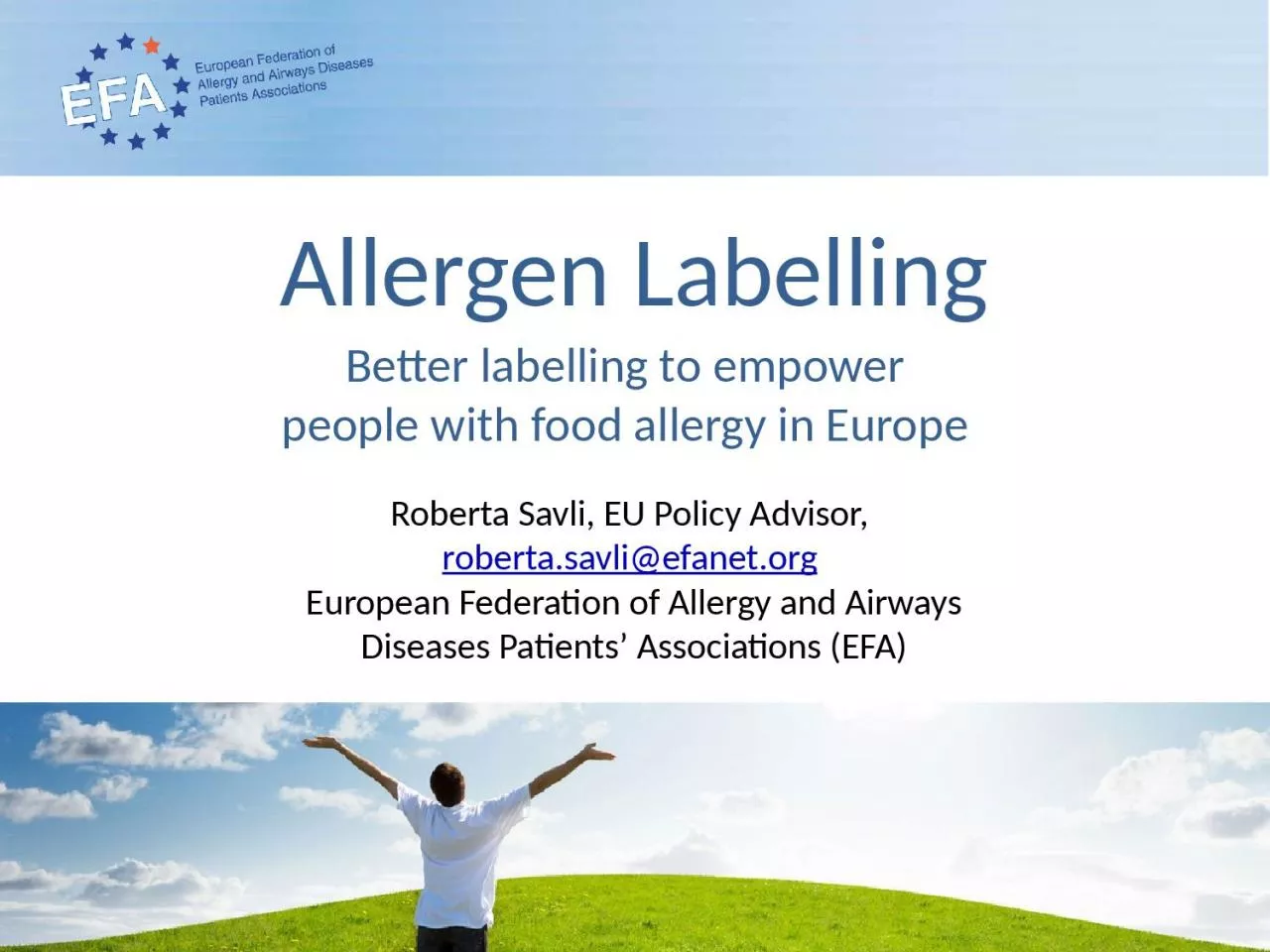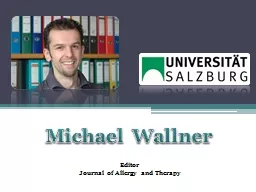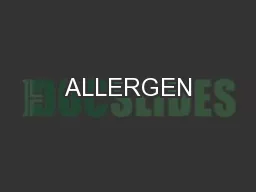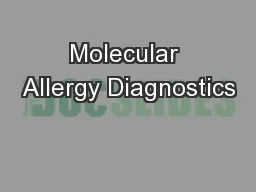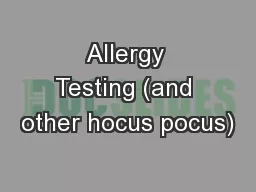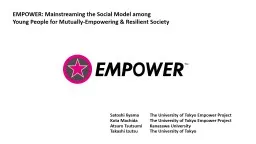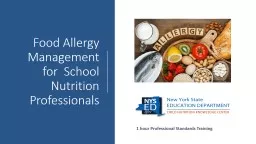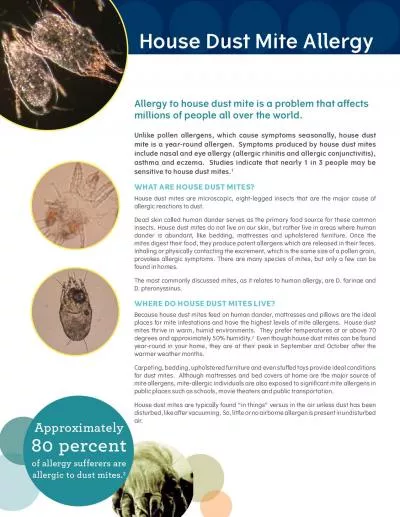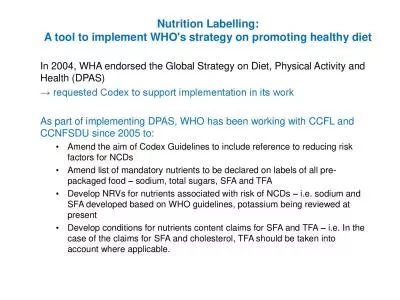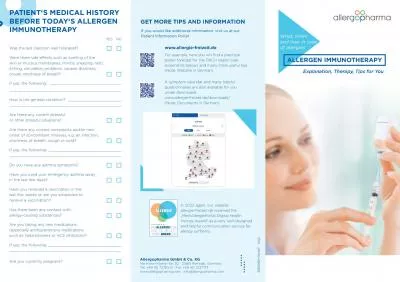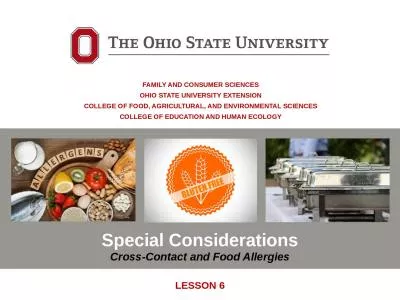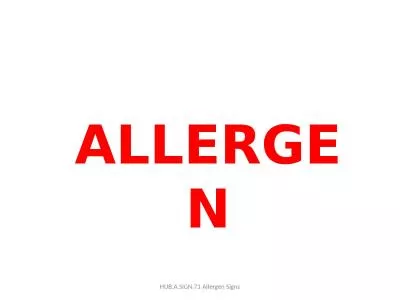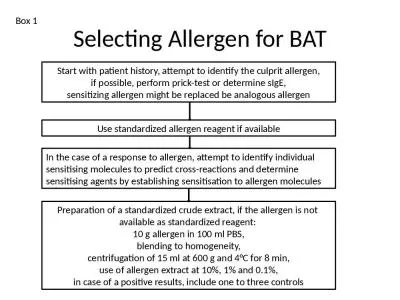PPT-Allergen Labelling Better labelling to empower people with food allergy in
Author : DynamicDiva | Published Date : 2022-08-04
Europe Roberta Savli EU Policy Advisor robertasavliefanetorg European Federation of Allergy and Airways Diseases Patients Associations EFA Who is EFA The European
Presentation Embed Code
Download Presentation
Download Presentation The PPT/PDF document "Allergen Labelling Better labelling to e..." is the property of its rightful owner. Permission is granted to download and print the materials on this website for personal, non-commercial use only, and to display it on your personal computer provided you do not modify the materials and that you retain all copyright notices contained in the materials. By downloading content from our website, you accept the terms of this agreement.
Allergen Labelling Better labelling to empower people with food allergy in: Transcript
Download Rules Of Document
"Allergen Labelling Better labelling to empower people with food allergy in"The content belongs to its owner. You may download and print it for personal use, without modification, and keep all copyright notices. By downloading, you agree to these terms.
Related Documents

